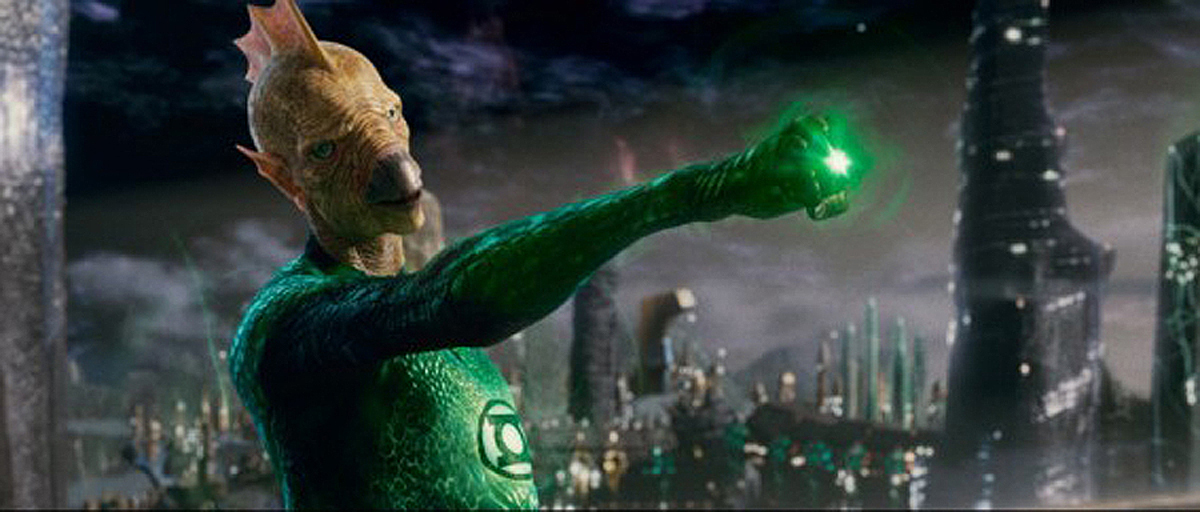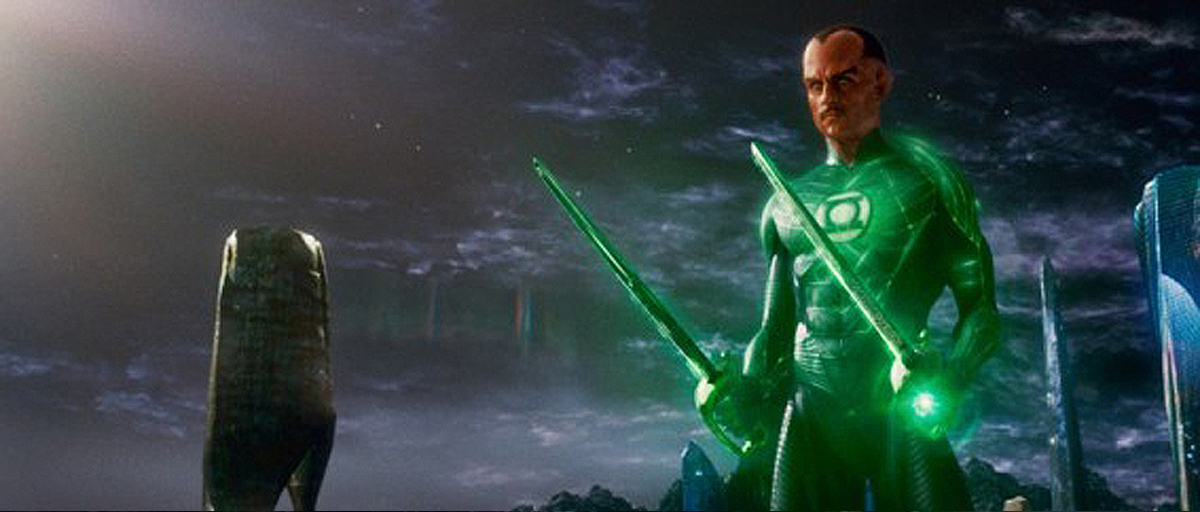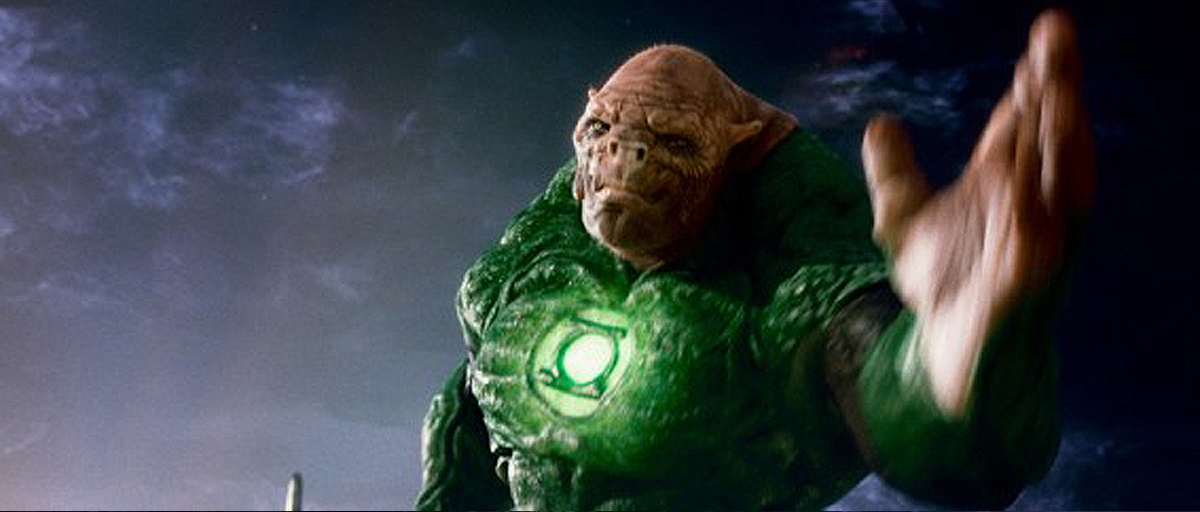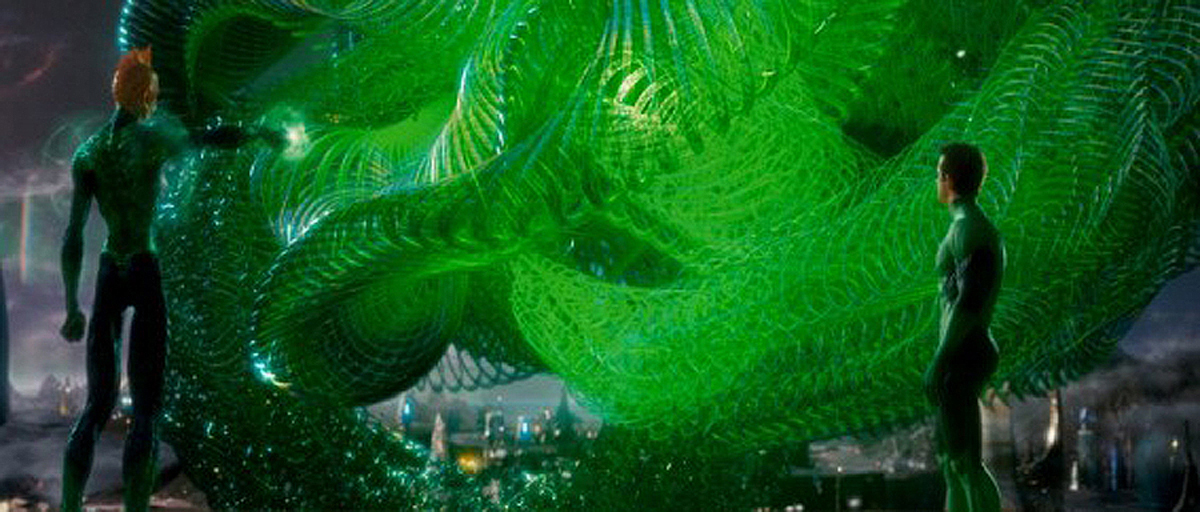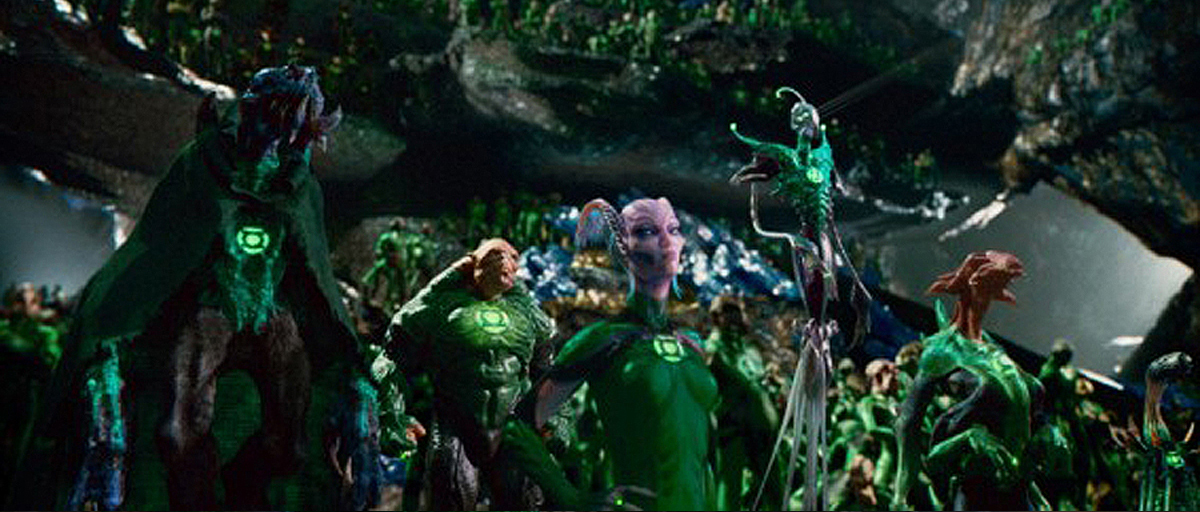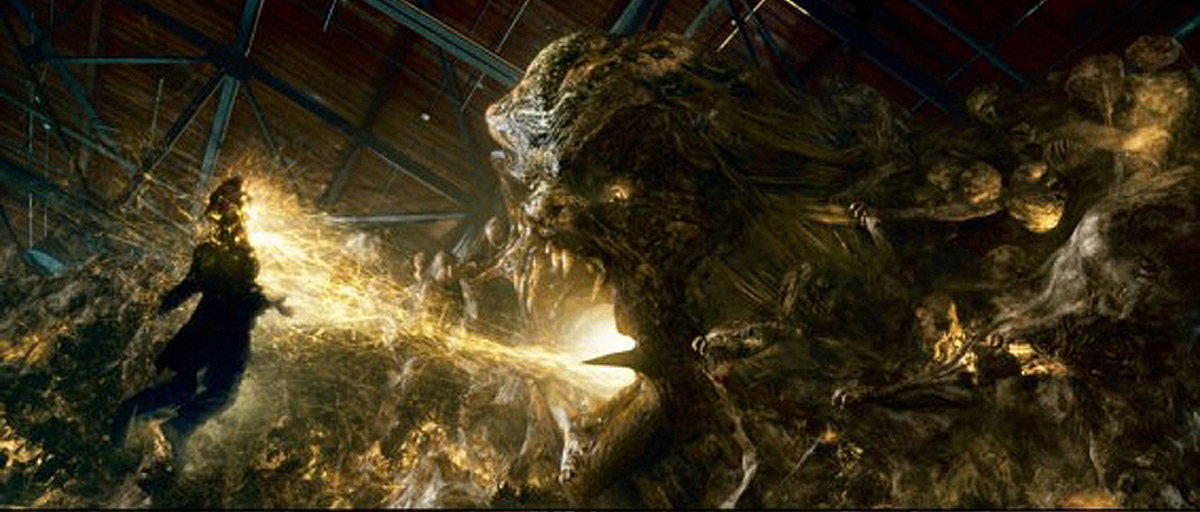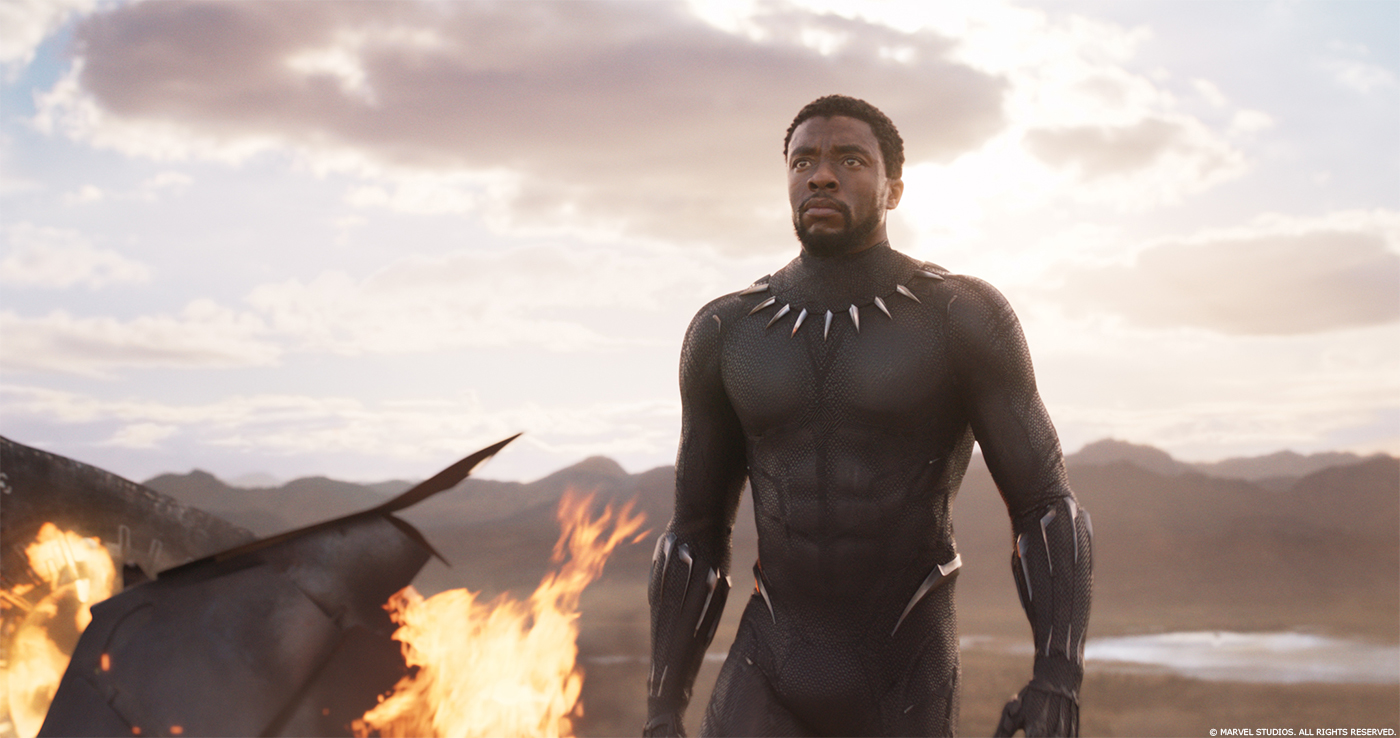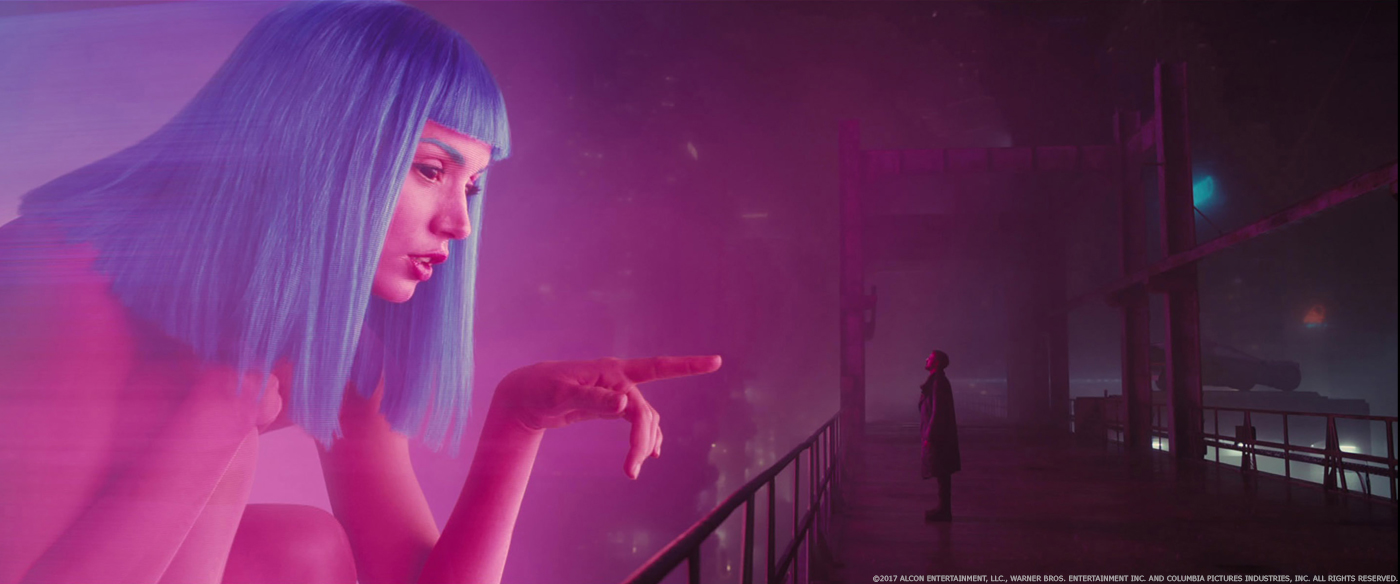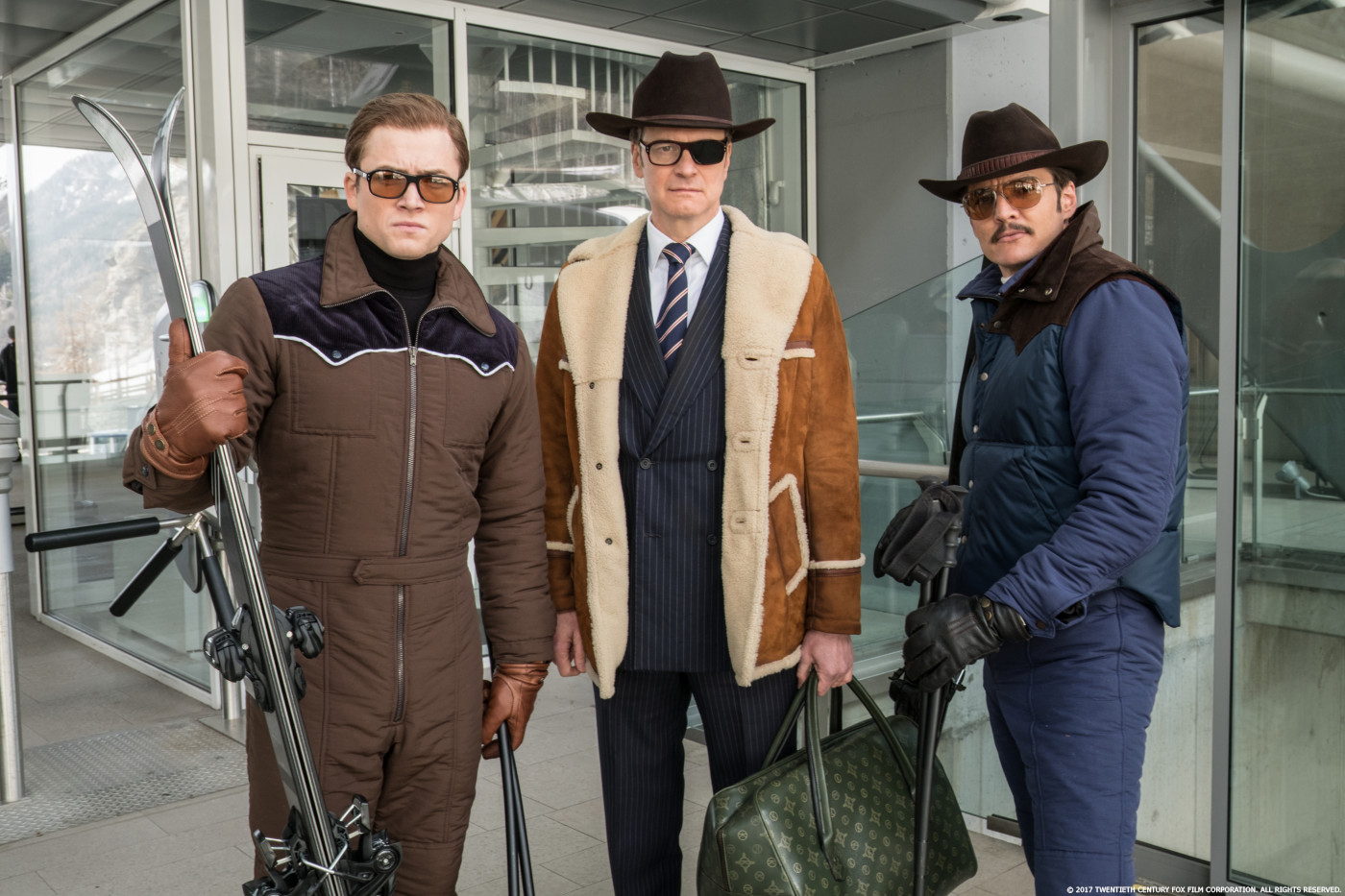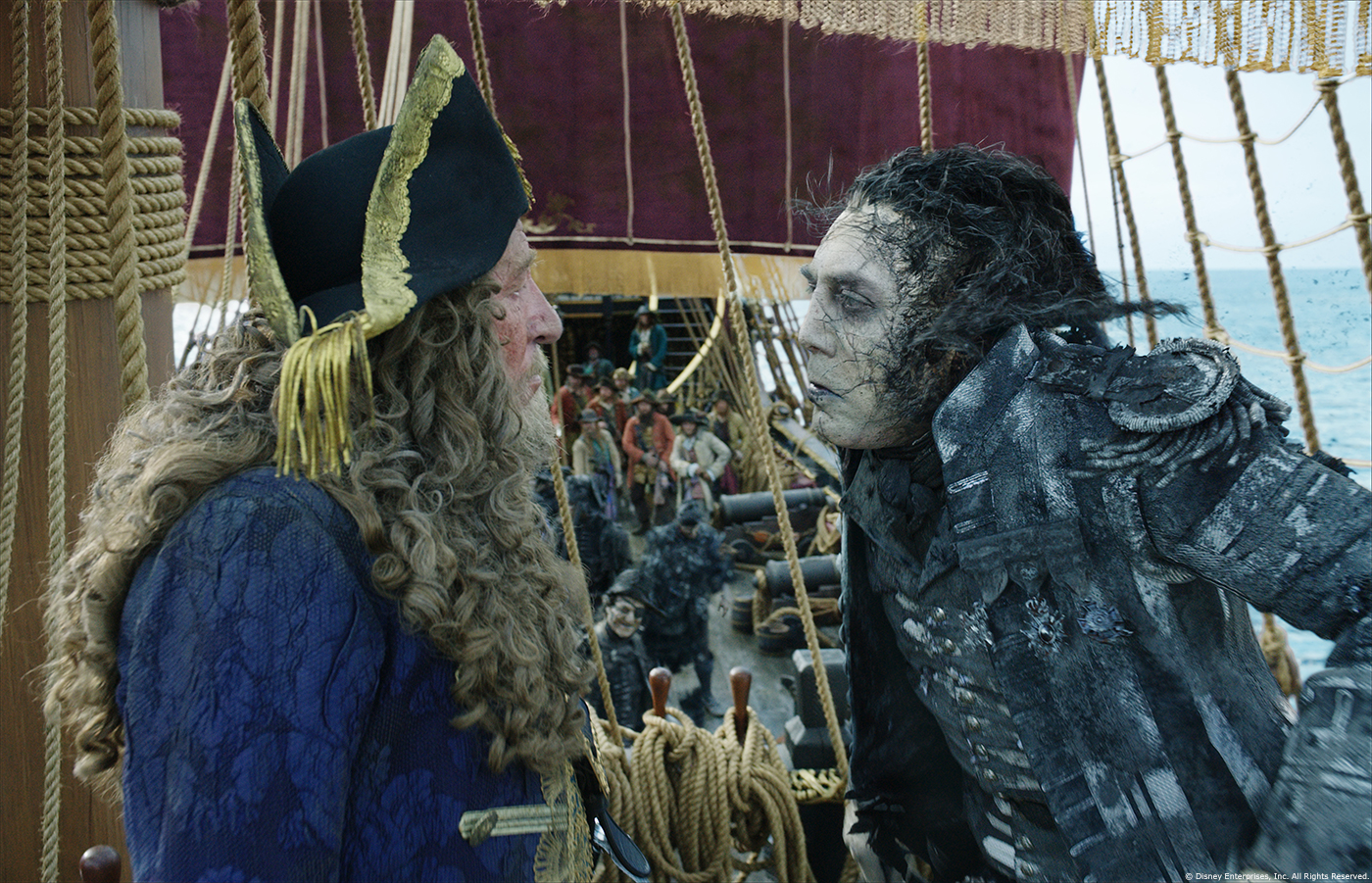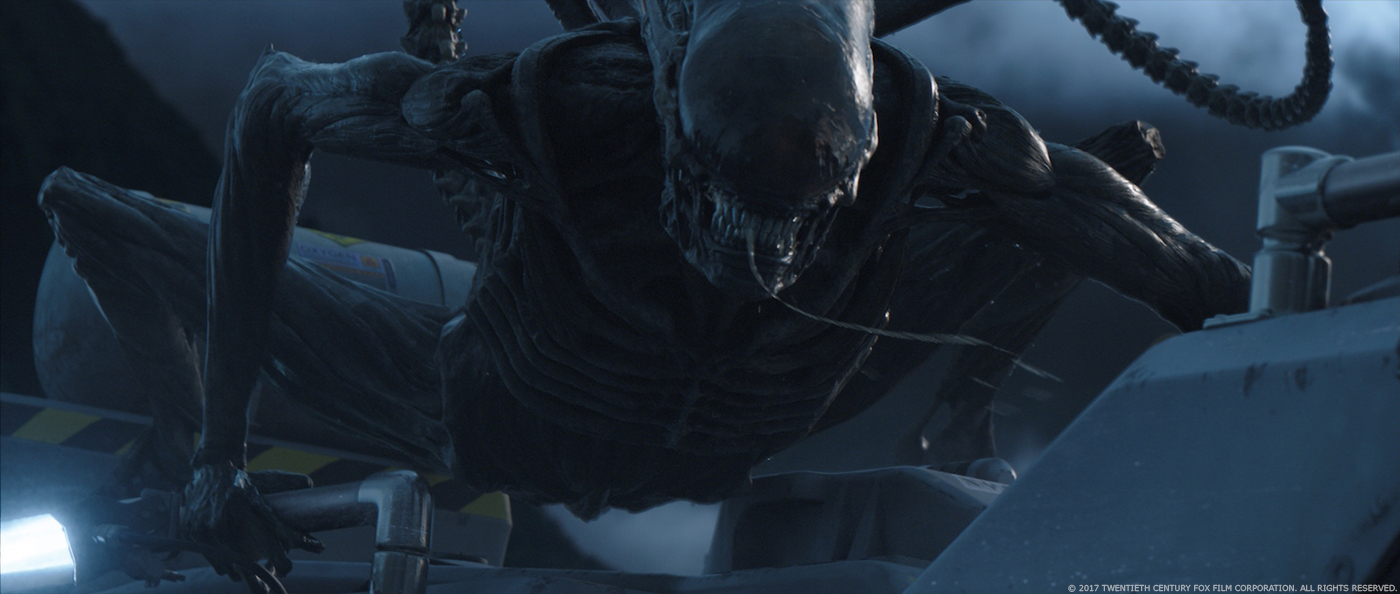Karen Goulekas has over 25 years of experience in visual effects. She has worked in many studios such as Boss Film or Digital Domain. She has worked on such films as TRUE LIES, THE FIFTH ELEMENT or TITANIC. In 1998, she seized the opportunity to be Production VFX Supervisor on GODZILLA. She has since overseen the effects of movies like THE DAY AFTER TOMORROW or 10,000 BC.
What is your background?
I got my start in VFX in 1984 on the Dubner CBG II! I was hired at a TV station in Providence, RI to do camera and chyron. I had never touched a computer before, but when the Dubner walked through the door I was drawn to it like a magnet and got totally enthralled that I could make pretty pictures animating things around the screen!
So it was then that I decided I wanted to be a computer artist – spent the next 8 years freelancing around Boston and NY and then after seeing TERMINATOR 2 – I knew I had to get out to the west coast and work on movies.
I landed first a Boss Film and then at Digital Domain where I spent four years getting an amazing education on how to make films and how to be a VFX supervisor. I left there to do my first production side gig on GODZILLA and the rest is history – bouncing around from film to film ever since!
How did you get involved on this project?
Warner Brothers called me and said they wanted to send me in for an interview and I guess the interview went well because I got hired!
Can you explain your approach on a so huge project in terms of visual effects?
First thing was to figure out the type of shots and how to shoot them so we have what we need do create the finals in post. Because this show wasn’t being shot all on stage – in fact very little was actually shot on a GS stage – we couldn’t rely on motion capture due to the complexities of all the locations we were going to be shooting at.
So, I went with witness cameras – by placing 2 additional cameras at 45 degree angles to the main camera, we can get the motion and camera info that we need. Because we were doing suit replacement, it was critical to have at least 3 views to be able to determine the characters position in 3D space which was needed to be able to line up the suit to the neck and add the mask. Along with a tracking suit we designed and lots of dots on the neck and face – we had the info we needed…
How did you make the choice of different vendors?
Well, because the main characters in the film involved either suit replacement, Hal, Sinestro and Abin Sur, or, they were full CG, Tomar-Re and Kilowog, we needed one facility that could do a large volume of animation and fx. There are only a handful out there that can take on that volume of work and deliver in high quality – so we felt very lucky to get Sony Imageworks on board to work with us.
How long was the previs period and how was the collaboration with artists of Pixel Liberation Front?
Previs started about 6 months before shooting and went on throughout the shoot. The PLF team was awesome and could turn around a lot of variety and iterations very quickly.
Can you explain the choice to have a CG suit and a CG Hal Jordan rather than a traditional suit?
The decision was made to go with a CG suit so it could look like part of their skin instead of a rubber suit. Gave a lot of flexibility to the design of it.
How did you capture the body and facial movements from Ryan Reynolds?
As noted above, we used witness cameras and had Ryan wear a tracking suit along with dots placed on his neck and also on his face for scenes in which he as to be wearing the mask.
Additionally, we captured his facial expressions and neck poses at MOVA which gave us additional information about how his faced moved. It was particularly helpful in the neck area as a means of getting the area where the suit ended and blended back into his neck to move seamlessly together.
I guess the design of objects from the ring and their green appearance had to be a long development period with the director. How did you come to this final result?
Yes – Long development period! Many, many iterations and lots of creative people and ideas involved. We had an amazing art dept which made it a very enjoyable process.
Can you explain the shooting of scenes taking place on Oa?
Green screen stage – shot with witness cameras, tracking suits and lots of dots on the actors neck and face dots for Hal’s mask!
How the presence of CG characters and CG creatures were simulated on the set?
We had stand in actors and stunts who wore platform shoes or stilts so they would be the right height to interact with the other actors so the eye lines would be correct.
Can you explain the design of Parallax?
Yeah he’s cool. Meant to be made up of the hundreds of thousands of souls he has devoured. Very amorphous and scary – lots of development to be able to control the various ways he moved.
How did you manage so many CG characters especially on Oa?
Well the main characters who are close to camera, are, of course, a long development cycle. But the background characters don’t take nearly as long to develop – although there are some really cool character designs in there that I really wish we could have showcased more – maybe in the next one!
What was the biggest challenge on this film and how did you achieve it?
Definitely the tracking! Getting the hookup between the CG suit and the neck and the Hal’s mask involved a lot of vendors and in some cases, a whole lot of brute force tracking. If the cg wasn’t pixel accurate, it could ruin the shot if the audience was distracted by any sliding of the cg elements against the live actors. And then Parallax…he was a big development item!
What is your next project?
I am currently working on LOOPER which is a Bruce Willis and Joseph Gordon Levitt time travel film.
A big thanks for your time.
// WANT TO KNOW MORE ?
– KEG F/X: Official website of Karen Goulekas.
© Vincent Frei – The Art of VFX – 2011

